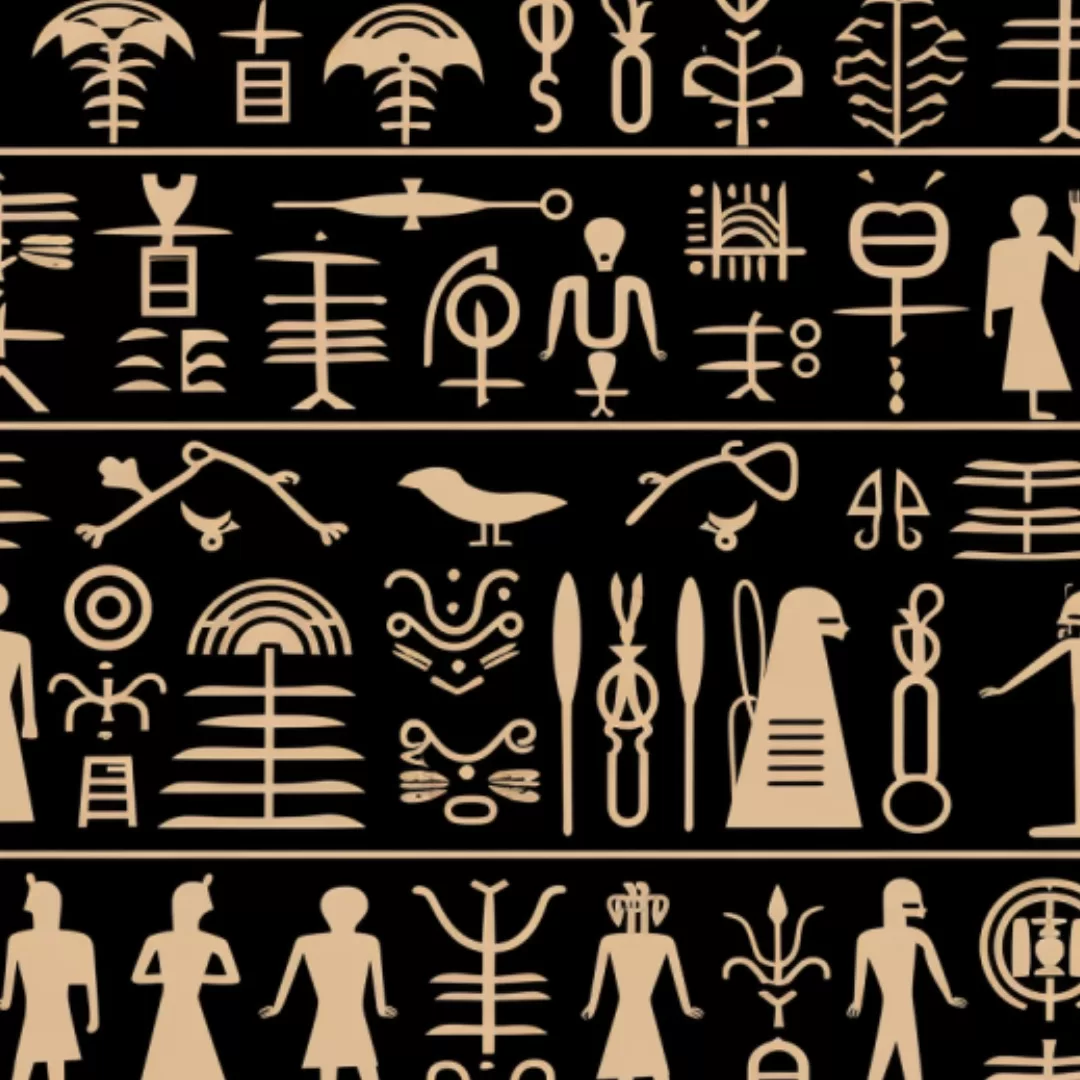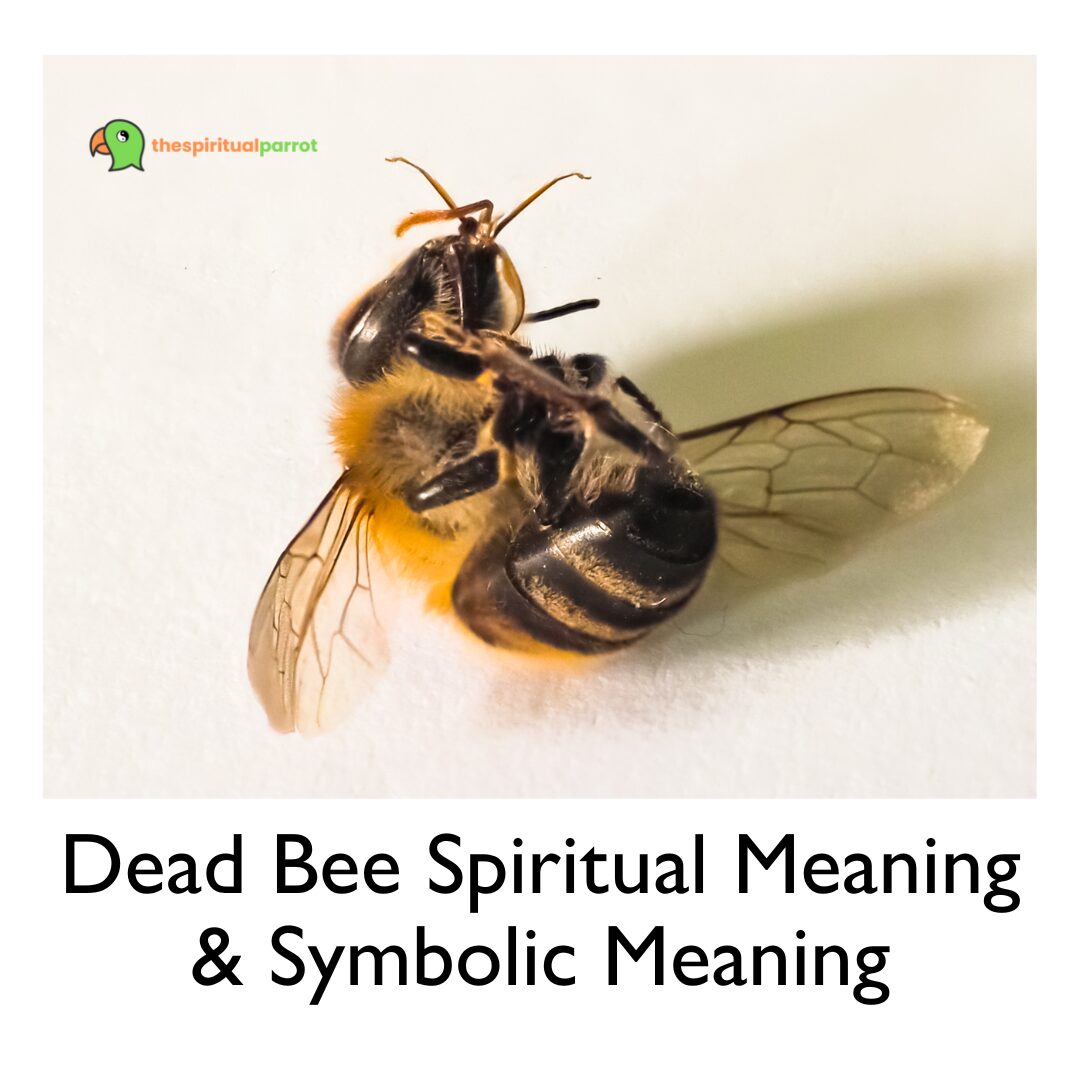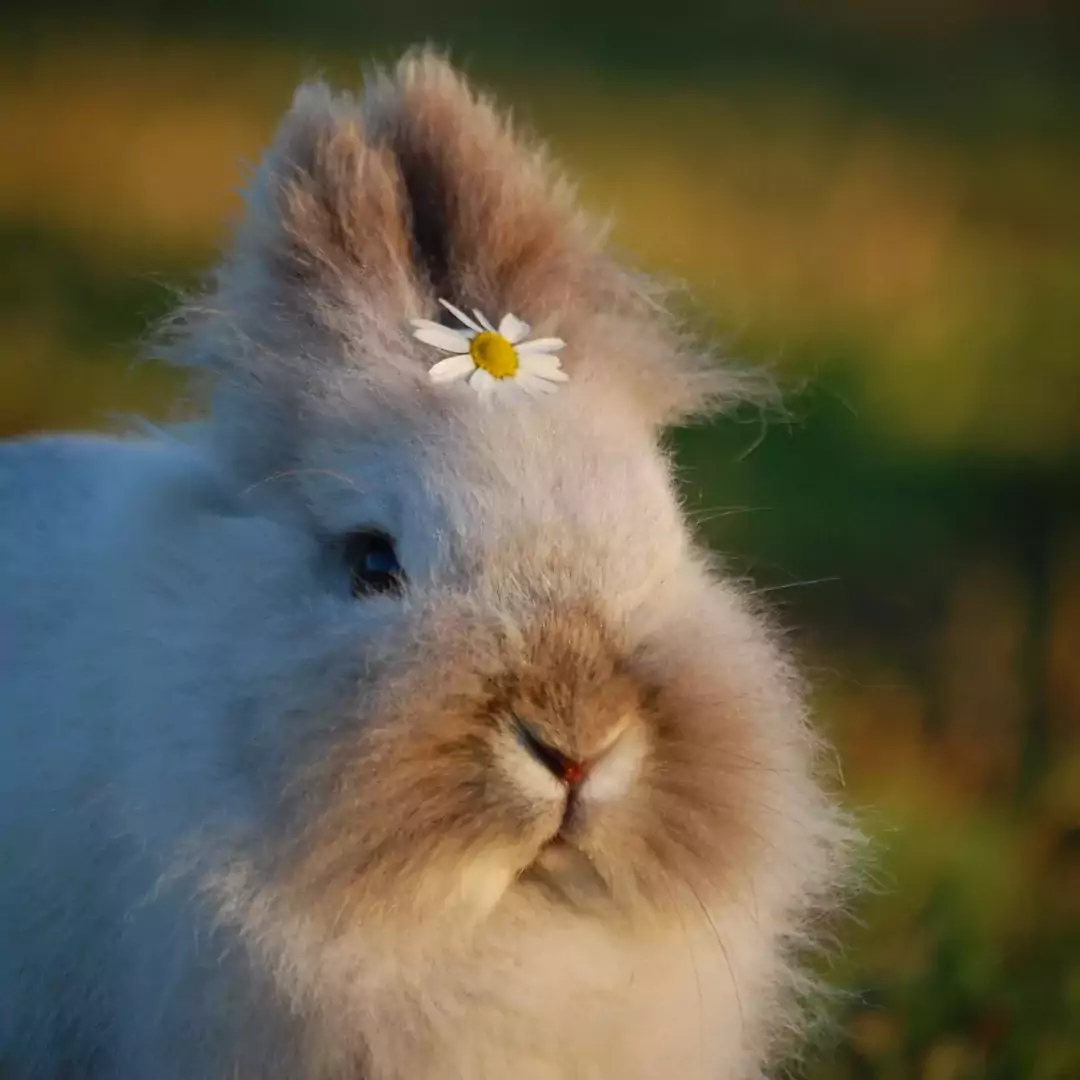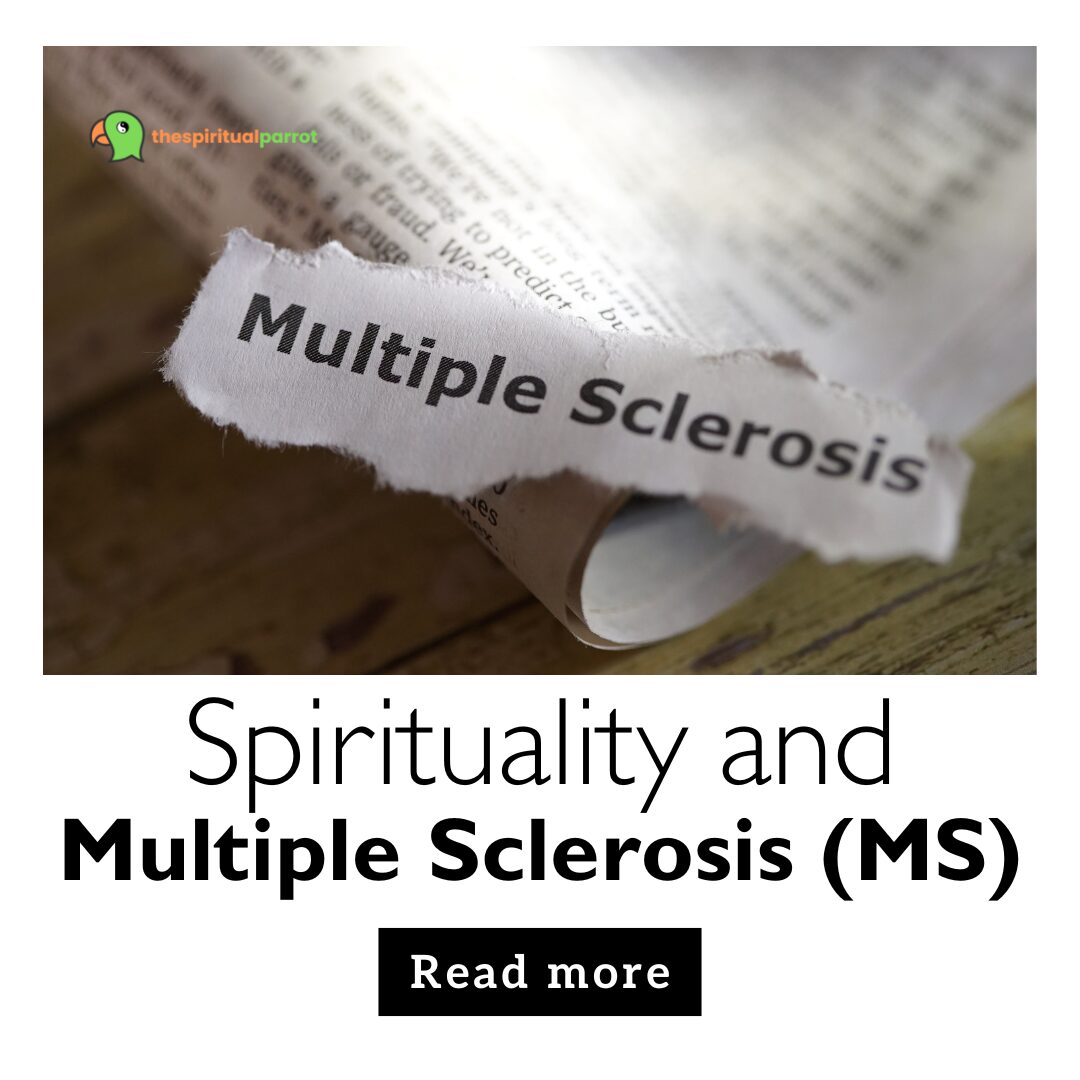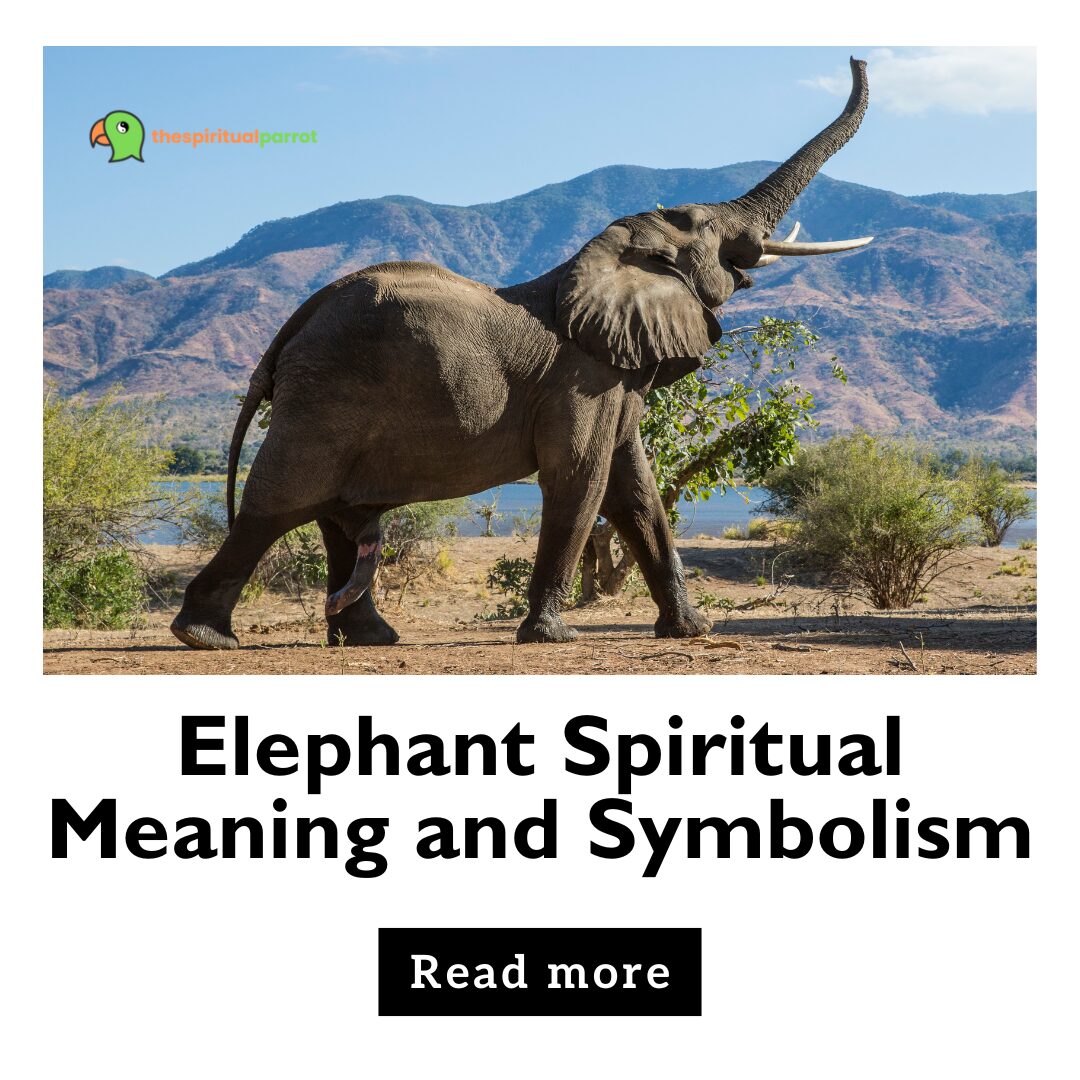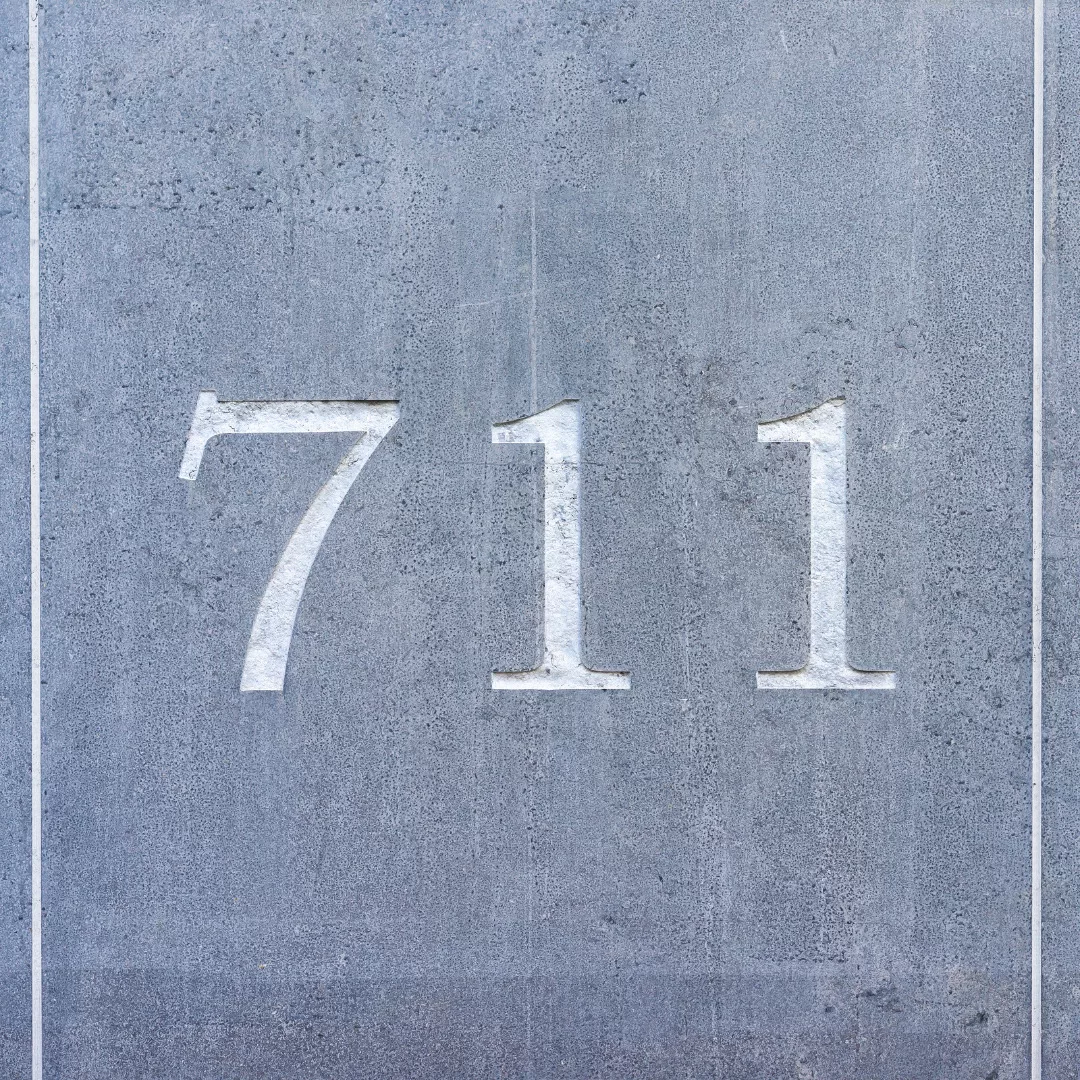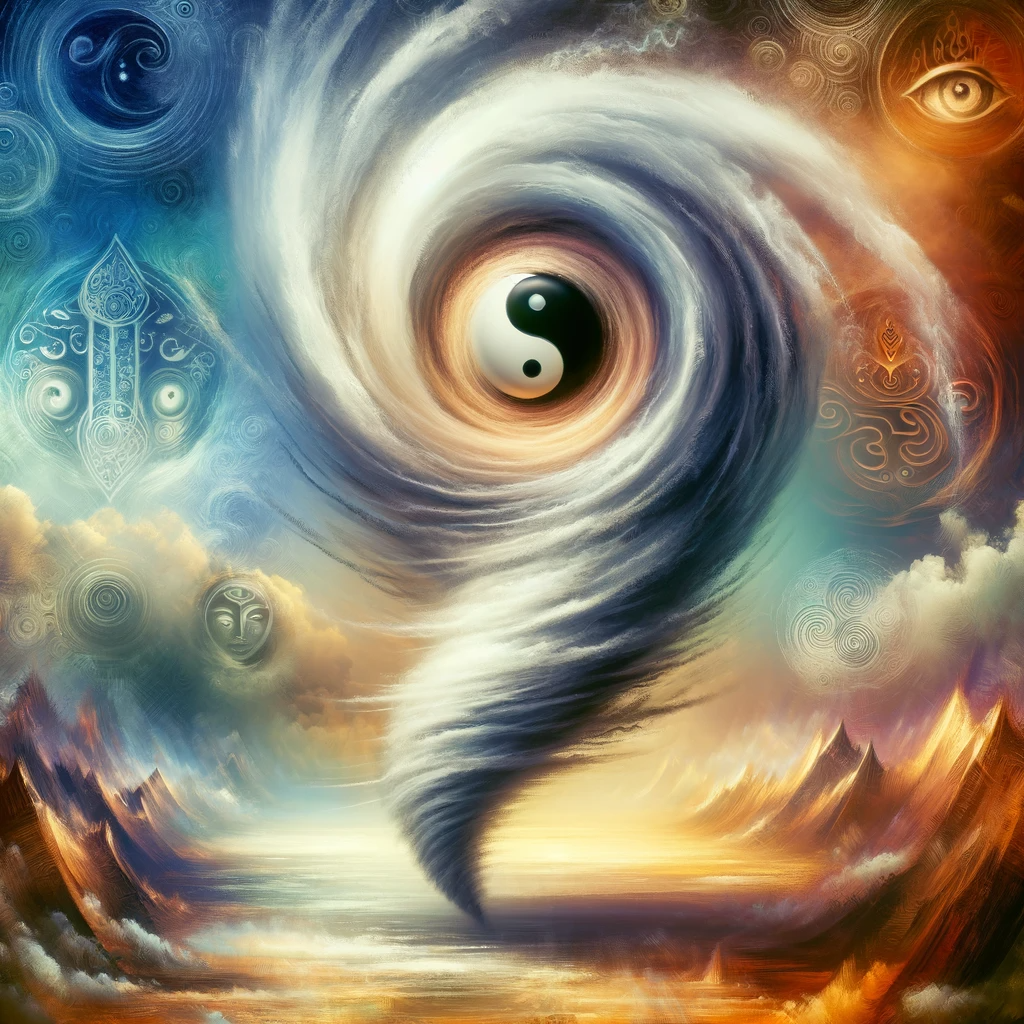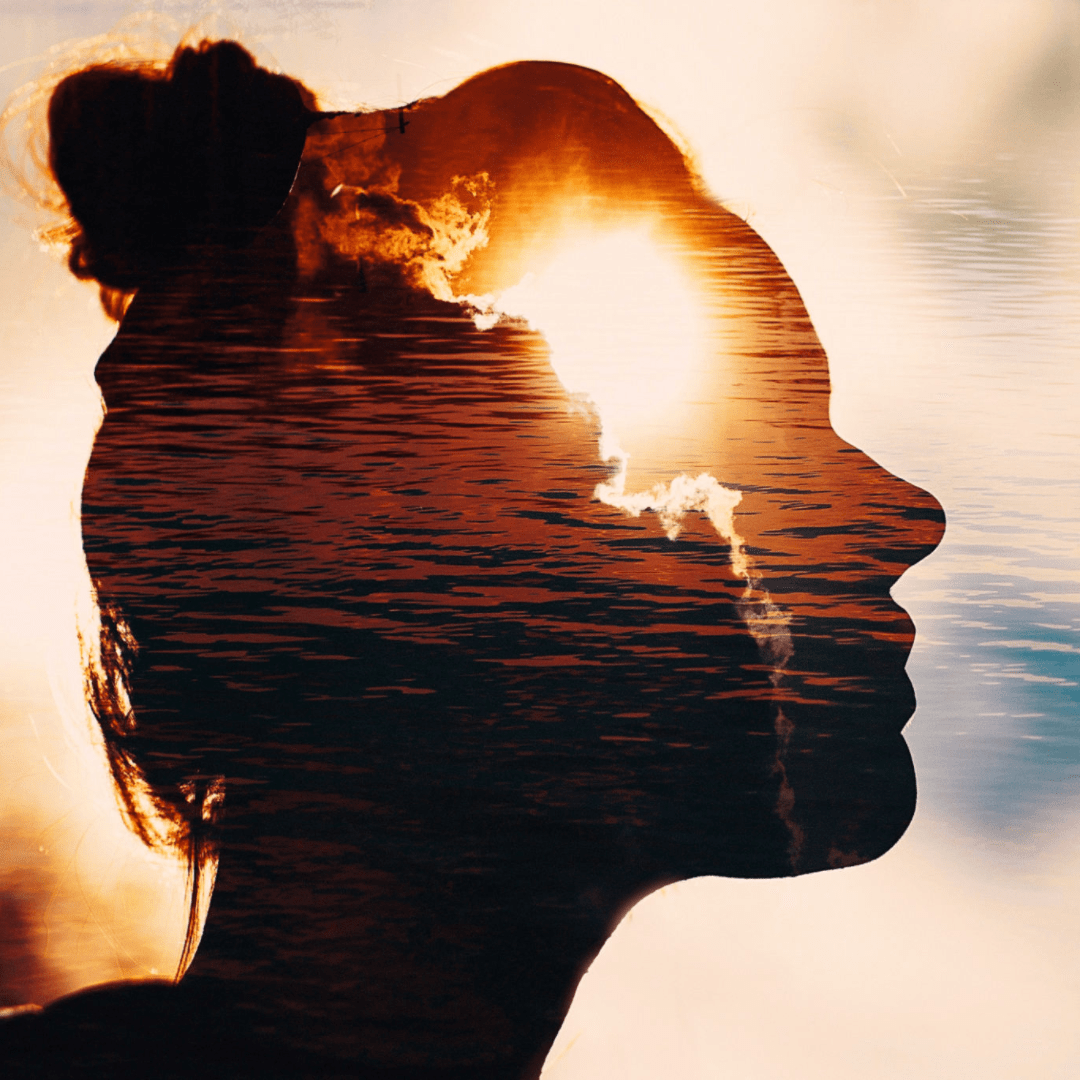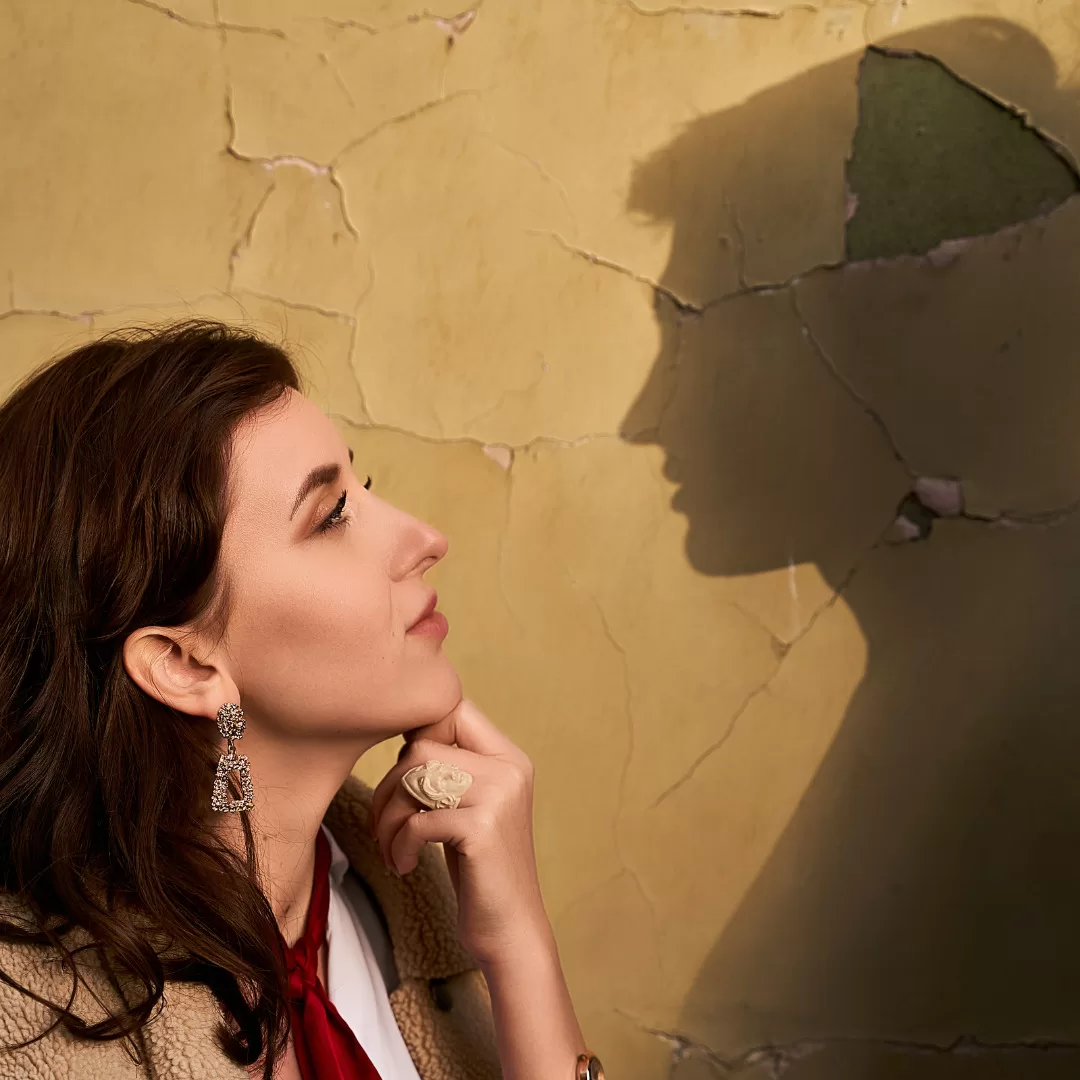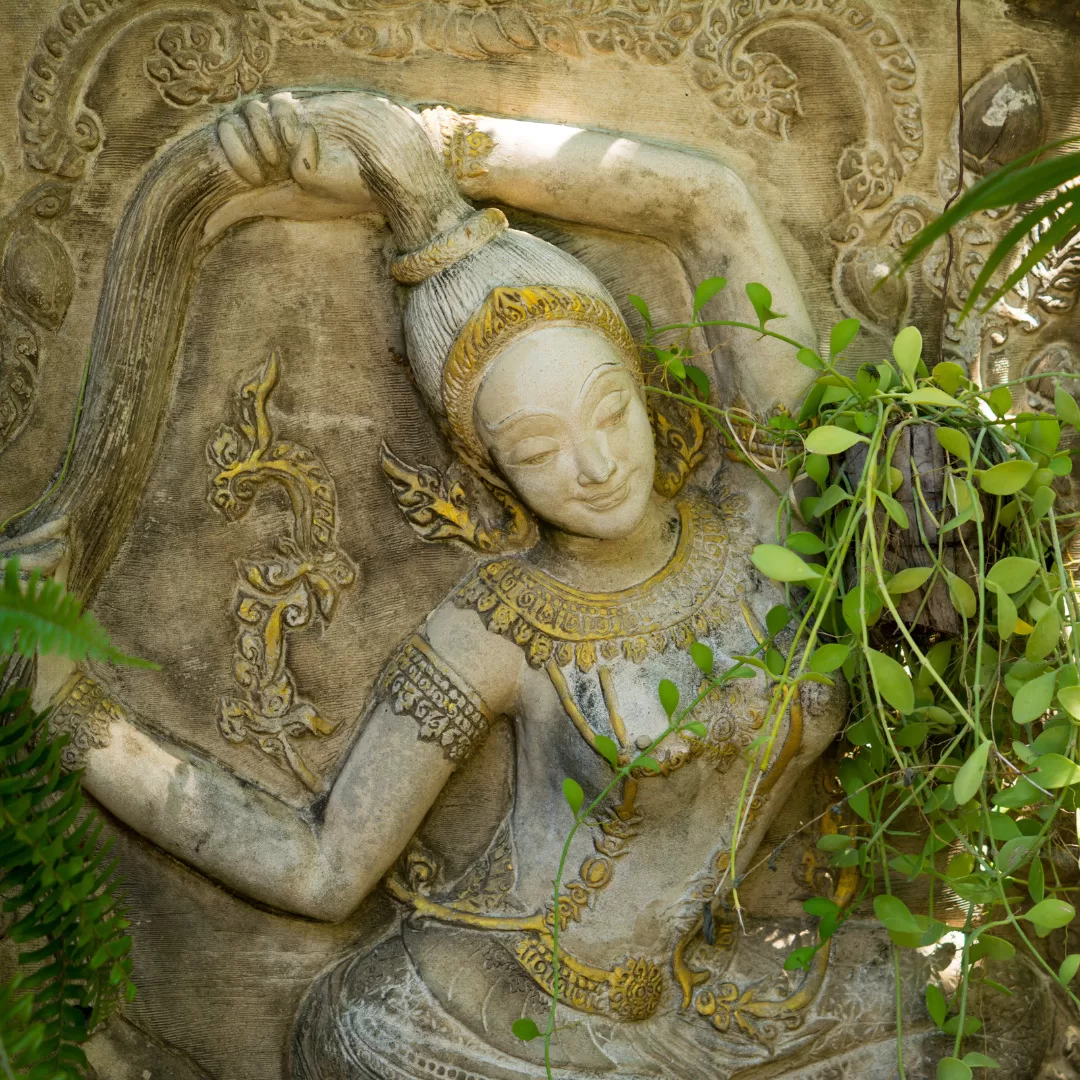Introduction
Neterianism stands as a testament to ancient civilizations’ profound wisdom in a tapestry of spiritual traditions. This ancient spiritual path offers insights as relevant today as it did thousands of years ago. In essence, Neterianism is a way of understanding the universe, our place within it, and the divine energies that permeate everything.
The modern world, with its relentless pace and myriad distractions, often leaves us yearning for a deeper connection, also a sense of purpose that transcends the mundane. This is where the teachings of Neterianism come into play. By delving into its rich history and profound teachings, we can find guidance, solace, and also a renewed sense of purpose.
In this exploration, we will journey through the historical roots of Neterianism, its core principles, and practices. Also, its influence on contemporary spiritual movements. Whether you’re a spiritual seeker or simply curious about ancient wisdom, this journey into Neterianism promises to be enlightening.
Historical Roots of Neterianism
The sands of ancient Egypt whisper tales of pharaohs, pyramids, and powerful deities. Among these tales is the story of Neterianism, a spiritual tradition deeply woven into the fabric of this ancient civilization. To truly grasp the essence of Neterianism, one must journey back in time to its origins and evolution.
Origins in Ancient Egypt
Neterianism’s roots can be traced back to the earliest dynasties of ancient Egypt. The term “Neterianism” is derived from the word “Netjer,” an ancient Egyptian term for divinity or god. The Egyptians believed in a pantheon of deities, each representing different aspects of nature, life, and also the cosmos. People saw these deities as living entities that actively contributed to the functioning of the universe and their daily lives.
Key Figures and Deities
Several deities stand out in the Neterian tradition:
- Ra: The sun god, representing light, creation, and rebirth. Every morning, Ra’s journey across the sky symbolized the triumph of order over chaos.
- Osiris: The god of the afterlife and resurrection. His story of death and rebirth became a central theme in Neterian beliefs about the cyclical nature of life and the promise of eternal life.
- Isis: The goddess of magic, motherhood, and healing. She played a crucial role in the resurrection of Osiris and was further revered as a protective deity.
- Ma’at: Not just a goddess, but also a concept. Ma’at represented truth, balance, and order. The feather of Ma’at was a symbol of justice and harmony, ensuring that the universe functioned in equilibrium.
These are just a few of the many deities that populated the Neterian pantheon. Each had its own temples, priests, and rituals, reflecting the diverse and also multifaceted nature of Neterian beliefs.
Evolution Over Time
As dynasties rose and fell, the beliefs and practices associated with Neterianism evolved. New deities were introduced, while others merged or changed roles. Temples became centers of learning, where priests and scholars delved into the mysteries of the cosmos, life, and death. Neterianism’s core tenets-such as the importance of Ma’at and the cyclical nature of life-remain unchanged.
Core Principles and Beliefs
Neterianism, while deeply rooted in the history and culture of ancient Egypt, transcends mere mythology. It presents a holistic worldview, offering insights into the nature of existence, the cosmos, and the human soul. Here, we’ll explore the central tenets that form the backbone of this ancient spiritual tradition.
The Concept of “Netjer”
At the heart of Neterianism lies the concept of “Netjer.” More than just a term for gods or deities, “Netjer” embodies the idea of divine, omnipresent energy. It flows through all life, even the tiniest grains of sand. This divine energy manifests in various forms, represented by the pantheon of deities, each symbolizing different aspects of the universal Netjer.
The Role of Ma’at
Ma’at is not just a deity but a fundamental principle in Neterianism. Representing truth, balance, and order, Ma’at is the glue that holds the universe together. For the ancient Egyptians, living in accordance with Ma’at was paramount. It meant leading a life of integrity, ensuring harmony in one’s actions, and maintaining balance in one’s relationship with nature and fellow beings. The concept of Ma’at also extended to the afterlife, where the heart of the deceased was weighed against the feather of Ma’at to determine their fate.
The Journey of the Soul and Afterlife Beliefs
Neterianism offers a profound perspective on life, death, and what lies beyond. The soul, or “Ba,” was believed to embark on a journey after death, navigating the challenges of the Duat (underworld) to reach the Field of Reeds, a paradisiacal realm of eternal peace. Central to this journey was the belief in resurrection, symbolized by the story of Osiris. By living in alignment with Ma’at and performing sacred rituals, one could hope for a favorable afterlife and union with the divine.
Interconnectedness of All Life
A recurring theme in Neterianism is the interconnectedness of all life forms. Humans, animals, plants, and even inanimate objects were believed to possess the essence of Netjer. This belief fostered a deep sense of reverence for nature and all its inhabitants, emphasizing the idea that every action, no matter how small, has consequences in the grand tapestry of existence.
Neterianism Practices and Rituals
While the philosophical tenets of Neterianism provide a framework for understanding the universe and our place within it, the practices and rituals breathe life into these beliefs, allowing adherents to connect with the divine on a personal level. These rituals passed down through millennia, offer a glimpse into the daily spiritual life of ancient Egyptians and how they sought to honor the Netjer.

Daily Rituals and Offerings
- Morning Adorations: Just as the sun god Ra began his journey across the sky, devotees would offer morning prayers, expressing gratitude for the gift of a new day and seeking blessings for the day ahead.
- Offerings to Deities: Temples and household shrines were central to Neterian practice. Devotees would offer food, incense, and symbolic items to their chosen deities, further hoping to invoke their favor and protection.
- Cleansing Rituals: Purity was essential in Neterianism. Ritual baths, often accompanied by specific prayers, were a common practice to cleanse oneself of impurities before engaging in sacred activities.
Neterianism Festivals and Celebrations
- Feast of Opet: One of the most significant festivals, this event celebrated the union of Amun-Ra and Mut, symbolizing fertility and divine blessing. It involved grand processions, music, and communal feasting.
- Festival of Osiris: Commemorating the death and resurrection of Osiris, this festival was a profound reflection on the cyclical nature of life and the promise of rebirth.
- New Year Celebrations: Marking the beginning of the inundation of the Nile, this was a time of joy, renewal, and hope for a prosperous year ahead.
Sacred Symbols and Their Meanings
- Ankh: Representing life and immortality, the ankh was a ubiquitous symbol in Neterianism, often carried by deities and pharaohs alike.
- Djed Pillar: Symbolizing stability and endurance, the Djed was associated with Osiris and was central to rituals celebrating his resurrection.
- Eye of Horus (Wadjet): A symbol of protection, healing, and royal power, the Eye of Horus was often used as an amulet to ward off evil.
Neterianism Modern Interpretations and Adaptations
The echoes of Neterianism, though originating from ancient Egypt, still resonate in today’s world. As spiritual seekers look to the past for wisdom and guidance, many find solace and inspiration in the teachings of Neterianism. This section delves into how this ancient tradition has been reinterpreted and adapted to fit the modern context.
Neterianism in Contemporary Spirituality
- Neo-Neterian Movements: Just as there are neo-pagan movements that revive ancient European pagan traditions, there are groups today that identify as Neo-Neterians. They seek to reconstruct and practice Neterianism in a manner that’s authentic to its origins while making it relevant to modern life.
- Integration in Holistic Healing: The principles of balance and harmony from Ma’at and the interconnectedness of all life have found their way into holistic healing practices. Many modern healers draw upon Neterian concepts to promote physical, mental, and spiritual well-being.
- Influence on Modern Mythology and Media: Elements of Neterian mythology, from the tales of Osiris and Isis to the symbols like the Ankh, have been integrated into modern books, movies, and TV shows, showcasing the timeless appeal of these stories.
Adapting Rituals for Today
- Personal Shrines: While grand temples of ancient Egypt are relics of the past, many modern adherents create personal shrines in their homes, dedicating space for meditation, offerings, and connecting with the Netjer.
- Community Gatherings: Modern Neterian communities often come together for festivals, rituals, and discussions, fostering a sense of unity and shared purpose.
- Digital Platforms: In the age of technology, online forums, social media groups, and websites dedicated to Neterianism have become hubs for sharing knowledge, experiences, and organizing events.
The Universal Appeal of Ancient Wisdom
While the world has changed dramatically since the days of ancient Egypt. The core human desires—to understand our place in the universe, to connect with the divine, and to find purpose—remain unchanged. Neterianism, with its rich tapestry of myths, rituals, and wisdom, continues to offer answers to these timeless questions.

The Global Resurgence of Neterianism
In an age where information is at our fingertips and global cultures intermingle more than ever, ancient spiritual traditions like Neterianism are experiencing a renaissance. This resurgence isn’t just confined to Egypt or those of Egyptian descent; it’s a global phenomenon. Let’s explore the factors driving this renewed interest and the impact it’s having on the world stage.
A Quest for Authenticity
- Dissatisfaction with Modernity: As technological advancements and urbanization progress at breakneck speeds, many individuals feel a sense of disconnection from nature, the divine, and authentic human experiences. Neterianism, with its deep roots and holistic worldview, also offers a counterpoint to this modern dissonance.
- Seeking Original Wisdom: There’s a growing trend of people looking to ancient spiritual traditions for guidance, believing that these older systems offer purer, undiluted wisdom. Neterianism, being one of the earliest documented spiritual paths, also naturally attracts seekers on this quest.
Cultural Exchange and Globalization
- Travel and Tourism: The allure of Egypt, with its pyramids, temples, and rich history, draws millions of tourists every year. Many are introduced to Neterianism through this journey, igniting a spark of interest.
- Digital Dissemination: The internet has played a pivotal role in the spread of Neterianism. Online courses, forums, and digital libraries make it easier than ever for curious minds to delve deep into its teachings.
- Interfaith Dialogues: As global communities become more inclusive, there’s a growing interest in understanding and also appreciating diverse spiritual paths. Neterianism often features in such interfaith discussions, also highlighting its universal themes and values.
Impact on Contemporary Movements
- Environmentalism: The Neterian emphasis on the interconnectedness of all life and reverence for nature resonates with modern environmental movements. Activists and spiritualists alike draw inspiration from its teachings to advocate for a more sustainable and also harmonious coexistence with nature.
- Holistic Wellness: The balance and harmony championed by Ma’at find parallels in modern wellness movements that advocate for a balanced approach to physical, mental, and spiritual health.
- Art and Aesthetics: The rich symbolism, myths, and also rituals of Neterianism influence modern art, music, and literature. Therefore creators draw upon its motifs to convey depth and transcendence.
Neterianism Personal Reflections and Experiences
The teachings of Neterianism, though ancient, continue to resonate with many individuals in the modern era. Here, we’ll explore the general sentiments and reflections of those who have embraced its principles in their lives.
Rediscovering Ancient Wisdom
Many modern adherents express a sense of “coming home” when they delve into Neterianism. The teachings, though thousands of years old, often feel relevant and timely, addressing existential questions and spiritual yearnings that contemporary life sometimes fails to satisfy.
Living in Harmony with Ma’at
The principle of Ma’at, emphasizing balance, truth, and order, has been particularly impactful. Integrating this concept into daily life leads to more mindful living, improved decision-making, and also greater inner peace. Therefore, they speak of striving to align their actions with Ma’at, seeking balance in their relationships, work, and personal growth.
Connecting with the Divine
The diverse pantheon of Neterianism allows individuals to find personal connections with specific deities or aspects of the divine. Some find solace in the protective embrace of Isis, while others draw inspiration from the resilience and rebirth of Osiris. This personal connection to the divine, facilitated by rituals, meditation, and study, often leads to profound spiritual experiences and insights.
Community and Shared Purpose
Modern adherents often highlight the sense of community they find within Neterian circles. Whether it’s through online forums, study groups, or gatherings, the shared interest in Neterianism fosters deep bonds and mutual support. This community becomes a space for shared learning, reflection, and growth.
Conclusion
Throughout history, countless civilizations have risen and fallen, leaving behind their beliefs, achievements, and wisdom. In the vast expanse of human history, Neterianism also stands as a beacon of timeless wisdom. Teachings centered on Netjer’s divine energy, Ma’at’s harmonious principles, and further the intricate dance of life, death, and rebirth, remain relevant today.
In a world that often feels fragmented and chaotic, the holistic worldview of Neterianism provides a compass. All existence interconnects, and living in balance is of utmost importance, as is the immortal nature of the soul. Neterianism’s rituals, deities, and symbols seem distant, but its core tenets resonate with universal human desires: understanding, connection, and transcendence.
After exploring Neterianism’s historical roots, core beliefs, rituals, and modern interpretations, also it becomes clear that true wisdom transcends time. Whether you are a spiritual seeker or simply a curious soul, Neterianism offers a rich tapestry of insights to explore, reflect on, and integrate.
In the words of an ancient Egyptian proverb, “The body is the house of God.” Cherish it, seek the divine within, and walk the path of Ma’at, ensuring that we fill our journey, both in this life and beyond, with purpose, balance, and enlightenment.
